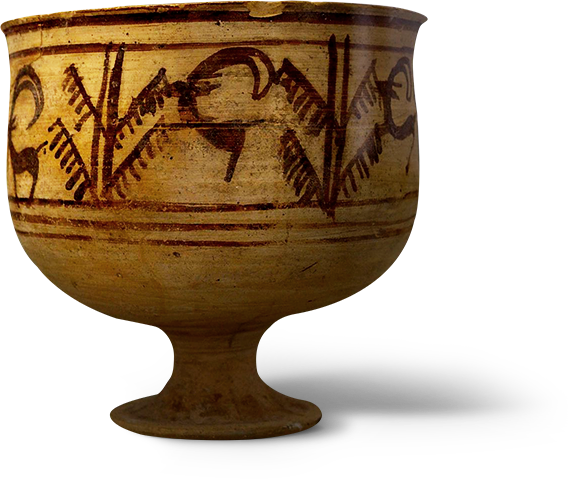Shahr-e Sukhteh (3,000 B.C.)
The earliest concept of animation known is this pottery bowl made in the bronze-age. It depicts a handful of drawings of a leaping goat. Although these are very simple drawings, presumably when the bowl was spun it would give the goat the illusion of simplistic motion.
It is truly insane to think that this little bowl is the great ancestor of all animation.
Magic Lantern (1603)
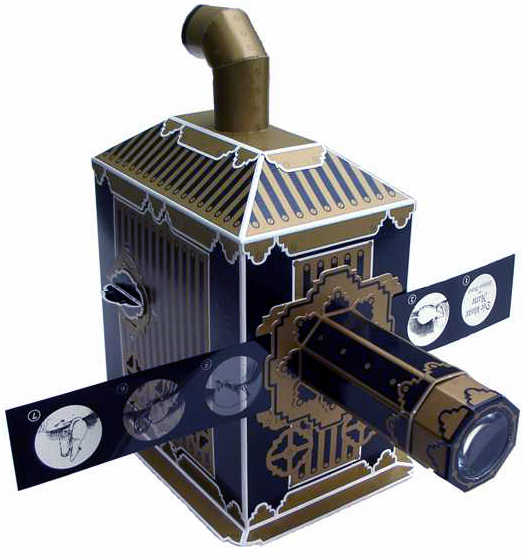
It was invented by the Dutch scientist Christiaan Huygens. The projection was originally lit by candlelight. It used the candlelight behind the hand-drawn glass slides to project the image onto a wall, through one or more lenses. This was a significant leap in the progression of film and animation.
Thaumatrope (1824)

It was invented by the English physician John Ayrton Paris.
The Thaumatrope is a Victorian toy made from a simple card disk, featuring a picture on each side. This is attached to two pieces of string, and when the strings are twirled rapidly, the card rotates on its axis and the two images appear to combine into one picture. It was the first invention to exploit the persistence of images on the retina.
Phenakistoscope (1832)
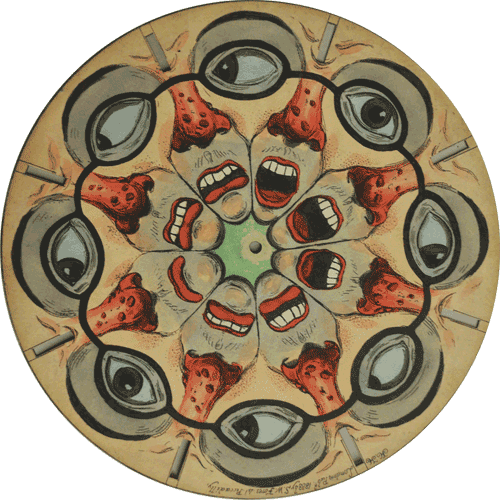
It was invented by the Belgian physicist Joseph Plateau. But by a complete coincidence a couple of weeks later, Simon von Stampfer in Berlin created an identical invention and named it the Stroboscope.
It was operated by spinning the cardboard disc and looking at the reflection of the image in a mirror, through a series of moving slits. Through the distortion and flicker, the disc created the illusion that the image was moving.
Originally marketed as just a children’s toy, the Phenakistoscope is widely considered to be the very first form of animation, which would go on to eventually inspire the creation of films and the modern film industry.
Joseph Plateau (1801 – 1883)

In 1832, Plateau created an early stroboscopic device, the “phenakistoscope”, the first device to give the illusion of a moving image. It consisted of two disks, one with small equidistant radial windows, through which the observer could look, and another containing a series of images. When the two disks revolved at the correct speed, the synchronization of the windows and the images created an animated effect. The projection of stroboscopic photographs, creating the illusion of motion, eventually led to the creation of cinema.
Plateau also studied the phenomena of capillary action and surface tension. The mathematical problem of existence of a minimal surface with a given boundary is named after him. He conducted extensive studies of soap films and formulated Plateau’s laws which describe the structures formed by such films in foams.
Zoetrope (1834)
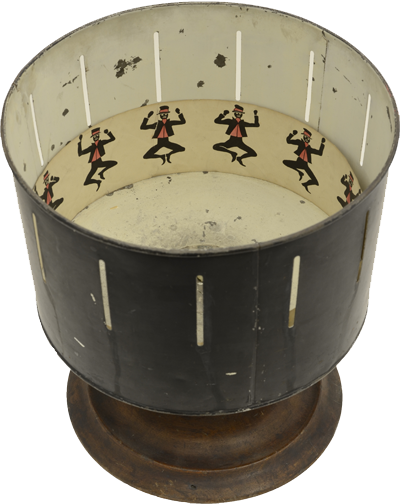
It was invented by the British Mathematician William George Horner who originally named it the Daedalum, which translates as “wheel of the devil”. but Pierre Desvignes, a French inventor, renamed his version of it the zoetrope (from the Greek word root zoo for animal life and trope for “things that turn.”)
Because of its old vintage heritage, the jittery moving picture can be seen as a bit eerie, which is why it was used in a scene in the film The Woman in Black.
The zoetrope consists of a cylinder with slits cut vertically in the sides. On the inner surface of the cylinder is a band with images from a set of sequenced pictures. As the cylinder spins, the user looks through the slits at the pictures across. The scanning of the slits keeps the pictures from simply blurring together, and the user sees a rapid succession of images, producing the illusion of motion.
William Horner (1786 – 1837)
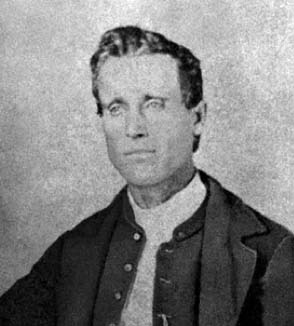
He was the inventor of the historical Zoetrope, but he was also a British mathematician; he was a schoolmaster, headmaster and school keeper, proficient in classics as well as mathematics, who wrote extensively on functional equations, number theory and approximation theory, but also on optics. His contribution to approximation theory is honoured in the designation Horner’s method, in particular, respect of a paper in Philosophical Transactions of the Royal Society of London for 1819.
Flip-book (1868)

Praxinoscope (1877)

It was invented by the French inventor Charles-Émile Reynaud. It was essentially a new and upgraded take on the zoetrope, as it used a strip of pictures placed around the inner surface of a spinning cylinder. It improved on the zoetrope by replacing its narrow viewing slits with an inner circle of mirrors, which were placed so that the reflections of the pictures appeared more or less stationary in position as the wheel turned. Someone looking in the mirrors would, therefore, see a rapid succession of images producing the illusion of motion, with a brighter and less distorted picture than the zoetrope offered.
Charles-Émile Reynaud (1844 – 1918)

was a French inventor, responsible for the praxinoscope (an animation device patented in 1877 that improved on the zoetrope) and the first projected animated films. His Pantomimes Lumineuses premiered on 28 October 1892 in Paris. His Théâtre Optique film system, patented in 1888, is also notable as the first known instance of film perforations being used.
Zoopraxiscope (1879)

Invented by the great photographer and pioneer of early cinema, Eadweard Muybridge. The Zoopraxiscope (earlier known as the Zoogyroscope) was essentially a projecting version of the earlier Phenakisticsope or ‘spinning picture disk’. The device projected sequences of images from glass discs and was invented in order to prove the authenticity of Muybridge’s famous galloping horse pictures. The earlier Zoogyroscope took the 16-inch discs while the latter Zoopraxiscope took the 12-inch discs.
Thomas Eddison (1847 – 1931)

He is known as America’s greatest inventor. He created many devices in the areas of Mass communication, sound recording, electrical power generation and motion pictures. But he also invented the Kinetoscope.
The Kinetoscope is an early motion picture exhibition device. The Kinetoscope was designed for films to be viewed by one individual at a time through a peephole viewer window at the top of the device. The Kinetoscope was not a movie projector but introduced the basic approach that would become the standard for all cinematic projection before the advent of video, by creating the illusion of movement by conveying a strip of perforated film bearing sequential images over a light source with a high-speed shutter.
The Lumière Brothers. Auguste (1862 – 1954), Louis (1864 – 1948)
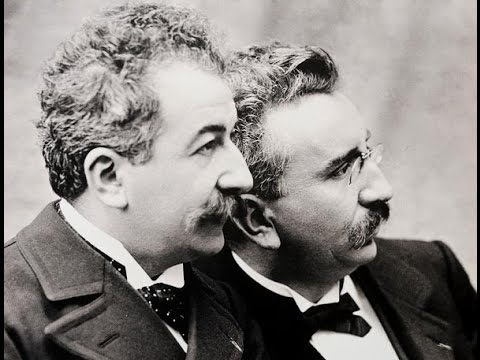
They were among the first filmmakers in history. They patented an improved cinematograph, which in contrast to Thomas Edison’s “peepshow” kinetoscope allowed simultaneous viewing by multiple parties.
They created the first ever motion picture film in history, which was called “Arrival of a Train at La Ciotat” (1895). It depicted a steam engine train arriving at a station. It was so much more realistic than what anyone had ever seen before. When they first showed it to an audience, it was so realistic that they screamed, because they thought that an actual train was about to run them over.
Although revolutionary, it was mainly seen as just a gimmick at this time. At one of these showings, it just so happened that George Melies was in the audience. This greatly affected him, and inspired him to leave his magician career behind, and start making films instead.
Humorous Phases of Funny Faces (1906)

It is a short silent animated cartoon directed by the British-American film producer James Stuart Blackton and is the first entirely animated film using stop motion photography to create movement. It depicts a series of scenes with a handful of caricatured characters. It is clearly a fun exploration of the then new tech.
Fantasmagorie (1908)

The title “Fantasmagorie” is French for “A Fantasy”. It was directed by the French cartoonist, Émile Cohlis. It was the first animated film using hand-drawn animation and is considered by film historians to be the first animated cartoon. The film, in all of its wild transformations, is a direct tribute to the by-then forgotten Incoherent movement. The title is a reference to the fantasmograph, a mid-Nineteenth Century variant of the magic lantern that projected ghostly images that floated across the walls. It is a very creative animation, where objects transform into other objects smoothly. It seems to be an experiment into what this then-new technology could achieve.
Gertie The Dinosaur (1914)
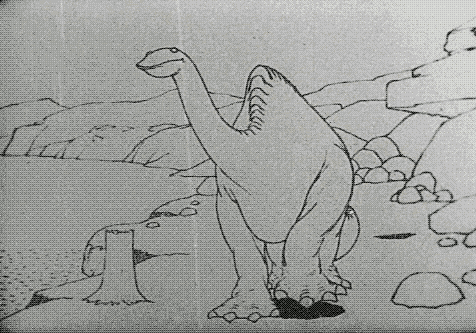
Created by the American Animator and cartoonist Winsor McCay. This animation is considered to be the first animated film to feature an appealing character. This shows that these early animators were starting to understand how to present animated characters to audiences, in a way that would make them like, and relate to the characters more.
Felix The Cat (1919)

Felix made his first appearance in Feline Follies, which was directed by the American Cartoonist Otto Messmer. many Felix The Cat films were made, which went on to make him be considered as the first animated movie star.
Steamboat Willie (1928)

It was created by Walt Disney and was one of the first appearances of Mickey Mouse, who went on to become one of the most iconic animated characters in history. “If you can dream it, you can do it.” – Walt Disney. Steamboat Willie is known for being the first cartoon with sound printed on the film and was the first notable success for Walt Disney Studios, which was founded in Los Angeles in 1923.
Walt Disney (1901 – 1966)

He was an American motion-picture and television producer and showman, famous as a pioneer of animated cartoon films and as the creator of such cartoon characters as Mickey Mouse and Donald Duck. He also planned and built Disneyland, a huge amusement park that opened near Los Angeles in 1955, and before his death, he had begun building a second such park, Walt Disney World, near Orlando, Florida. The Disney Company he founded has become one of the world’s largest entertainment conglomerates.
Merry Melodies (1931)

Warner Bros was founded in 1930, and in 1931, they began producing the Merry Melodies, and Looney Tunes, which featured the classic animated characters; Bugs Bunny, Daffy Duck, Porky Pig and Elmer Fudd. These cartoons were a major step in animation for the world; animation was starting to become a major source of entertainment for the masses.
Snow White and The Seven Dwarfs (1937)

It was created by Disney, and at the time was revolutionary, because it was the first fully animated, hand-drawn feature film. It was a visual exploration of the classic fairy tale by the Brothers Grimm. It went down in cinematic history as one of the animated classics. The animated film set in place a new format of feature films that would go on to become one of the biggest methods for producing films.
The Flintstones (1960)
It was produced by the American animation studio, Hanna-Barbera. It was the first ever fully animated cartoon series to appear on prime-time television, and it marks the start mass produced cartoons for generations to come. It was about a family of cavemen living in stone-age suburbia.
Fritz The Cat (1964)

Created by the American Director, Ralph Bakshi. It was the first ever adult X-rated animated feature film to be released. This film rather graphically illustrated that cartoons don’t always have to be for children.
The Simpsons (1987)

Created by the legendary American cartoonist, writer, producer, animator, and voice actor, Matt Groening. The Simpsons is an American adult sitcom that has earned the impressive titles of being the longest-running American sitcom, the longest-running American animated program, and the longest-running American scripted primetime television series. By now, cartoons were one of the main forms of digital entertainment and were happily accepted as the norm.
Javier Mariscal (1950 – Present)
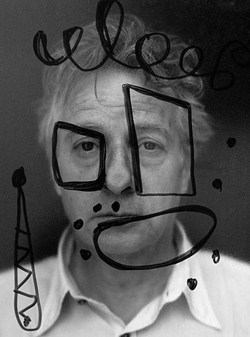
He is a Spanish Artist, Designer and Director. Among his best-known works are Cobi, the mascot for the 1992 Olympic Games in Barcelona. One of these latest works is Chico&Rita (2010), an animated film directed together with Fernando Trueba. The film was nominated for an Oscar and received the Goya award for the best-animated film.
Jamie Hewlett (1968 – Present)

He grew up drawing every second that he could. He attended multiple art schools but got rejected from Kingston Polytechnic because he had an argument with his interviewer. At the age of 20, he created the comic series Tank Girl. It was a huge success. Hollywood killed tank Girl, and he did a series of odd jobs for a couple years. During his Tank Girl rein, he met several famous musicians, who were fans. One of these was Damon Albarn. In 2001, they started the massively popular band Gorillaz. Over the course of the next decade, his distinctive art style helped to make Gorillaz a pop culture icon.
Matt Groening (1954 – Present)

Is an American cartoonist and animator who created the comic strip Life in Hell, and the television series The Simpsons and Futurama.
Growing up in Portland, Oregon, Matt Groening did not particularly like school, which is what originally turned him towards drawing. In the mid-1980s, he moved to Los Angeles and started drawing a comic strip named “Life in Hell”, which eventually became published in the newspaper where he worked. In 1988, James L. Brooks, looking for a filler in the television show, The Tracey Ullman Show (1987), turned towards a framed “Life in Hell” strip on his wall and contacted Groening. The animated shorts that Groening created were The Simpsons (1989).
Seth MacFarlane (1973 – Present)

Born in Connecticut in 1973, Family Guy creator Seth MacFarlane began working in animation in the mid-1990s. He debuted his first animated show Family Guy in 1999. It was cancelled in 2002 but brought back in 2005 because of widespread demand. Since then, MacFarlane has developed other animated series American Dad! and The Cleveland Show. In 2012, he released his first live-action feature film Ted and was picked to host the 2013 Oscars.
Research
https://publicdomainreview.org/collections/phenakistoscopes-1833/
https://history-of-animation.webflow.io/
https://reelfocus.blogspot.com/2015/04/zoetrope-and-zoopraxiscope.html
https://whatis.techtarget.com/definition/zoetrope
https://prezi.com/6ziwzr97ncmi/the-history-of-animationthe-flipbook/
https://www.revolvy.com/page/Praxinoscope
https://www.kingston.gov.uk/info/200246/museum_collections_and_exhibitions/539/eadweard_muybridge/3
https://www.kingston.gov.uk/info/200246/museum_collections_and_exhibitions/539/eadweard_muybridge/3
https://en.wikipedia.org/wiki/Humorous_Phases_of_Funny_Faces
https://en.wikipedia.org/wiki/Merrie_Melodies
http://www-groups.dcs.st-and.ac.uk/history/Biographies/Plateau.html
https://en.wikipedia.org/wiki/Joseph_Plateau
https://en.wikipedia.org/wiki/William_George_Horner
http://www-history.mcs.st-and.ac.uk/Biographies/Horner.html
https://en.wikipedia.org/wiki/Thomas_Edison
Hugo (2011)
https://en.wikipedia.org/wiki/Walt_Disney
https://www.britannica.com/biography/Walt-Disney
https://www.britannica.com/biography/Matt-Groening
https://www.biography.com/people/seth-macfarlane-20624525
https://www.imdb.com/name/nm0004981/bio?ref_=nm_ov_bio_sm
